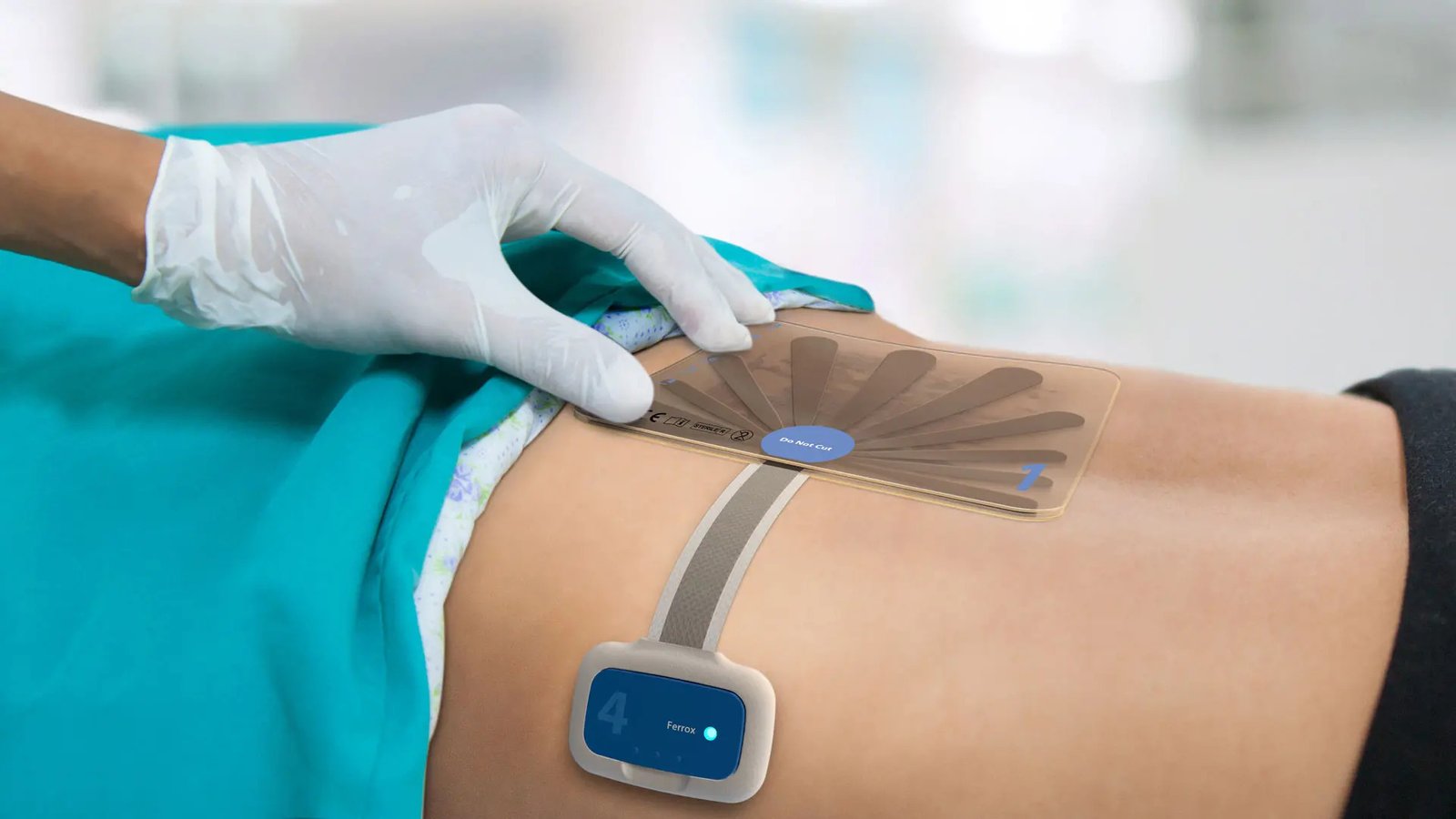Chronic wounds impact millions each year and can significantly reduce quality of life. The right technology plays a critical role in how efficiently and effectively wounds heal. Advances in non-invasive treatments have changed the approach to wound care. Let’s explore how choosing the right method can make all the difference.
Harnessing Advanced Therapies for Better Recovery
Wound healing technologies are now more advanced, aiming to improve outcomes where standard methods often fall short. One example of an innovative approach making a strong impact is the use of the Vaporox system. This non-contact, low-frequency ultrasound therapy combined with a topical oxygen delivery process supports healing in hard-to-treat injuries. Stimulating tissue regeneration helps close wounds that may otherwise resist traditional treatment.
Such systems have shown promising results for conditions like diabetic foot ulcers and pressure sores. When used alongside standard treatments, they offer a significant boost in effectiveness. Medical professionals often note increased granulation tissue and reduced injury size. It’s a meaningful option for patients with slow-healing issues.
Key Features to Look for
Newer injury care solutions offer more than just bandaging. They work by creating optimal healing environments and improving circulation to the affected area.
When selecting an effective option, consider the following:
- Non-contact technology that minimizes pain and risk of further damage
- Support for increased oxygenation and circulation
- Compatibility with a range of chronic wounds
- Clinical studies or trials that show measurable results
- Integration with other care protocols for better outcomes
Healing is no longer just about protection; it's about stimulation and support. These features set them apart from traditional treatments. These elements contribute to faster healing and improved patient satisfaction.
Why Non-Invasive Approaches Matter
Non-invasive solutions have proven particularly valuable for sensitive or high-risk patients. They reduce the chance of infection and eliminate the pain often linked with dressing changes or physical treatments. This is especially important for people with conditions like diabetes or poor circulation. The absence of needles or pressure on the wound site can also improve compliance with ongoing care.
Additionally, non-invasive treatments can be used more frequently and for longer durations. This allows for continuous support to the wound area without added stress. They are suitable for both outpatient and clinical settings. Their versatility makes them ideal for modern wound care strategies.
Working with an Experienced Clinic
Choosing the right clinic is just as important as the technology used. Experienced providers understand the complexities of wound care and can recommend the most effective treatment based on each case. With proper monitoring and follow-up, healing progresses in a controlled and measured way. That guidance can prevent complications and promote sustained recovery.
A clinic with a track record of successful outcomes adds confidence to the process. They often have access to newer treatment options and stay updated on best practices. Regular evaluations ensure that therapy remains effective and on course.
The Role of Personalized Healing Plans
Healing is never a one-size-fits-all process. A successful outcome depends on choosing technology that matches the wound type and individual needs. Providers assess various factors, including wound depth, location, and cause, before deciding on a treatment path. Combining standard and innovative therapies leads to more predictable healing.
Paired with medical oversight and proper hygiene, the chances for success increase. Every patient benefits from a method that considers both comfort and effectiveness. Technology can enhance natural healing when applied at the right time. It’s a step toward improved quality of life for many.
Effective wound healing takes more than time; it requires the right approach and tools. Devices such as the Vaporox system are part of a larger strategy for wound recovery. When used correctly, they contribute to measurable progress. By working with experienced clinics and choosing solutions that minimize pain and risk, better recovery becomes possible. Non-invasive, supportive technologies are changing the healing process for the better.
 Online Clock
Online Clock